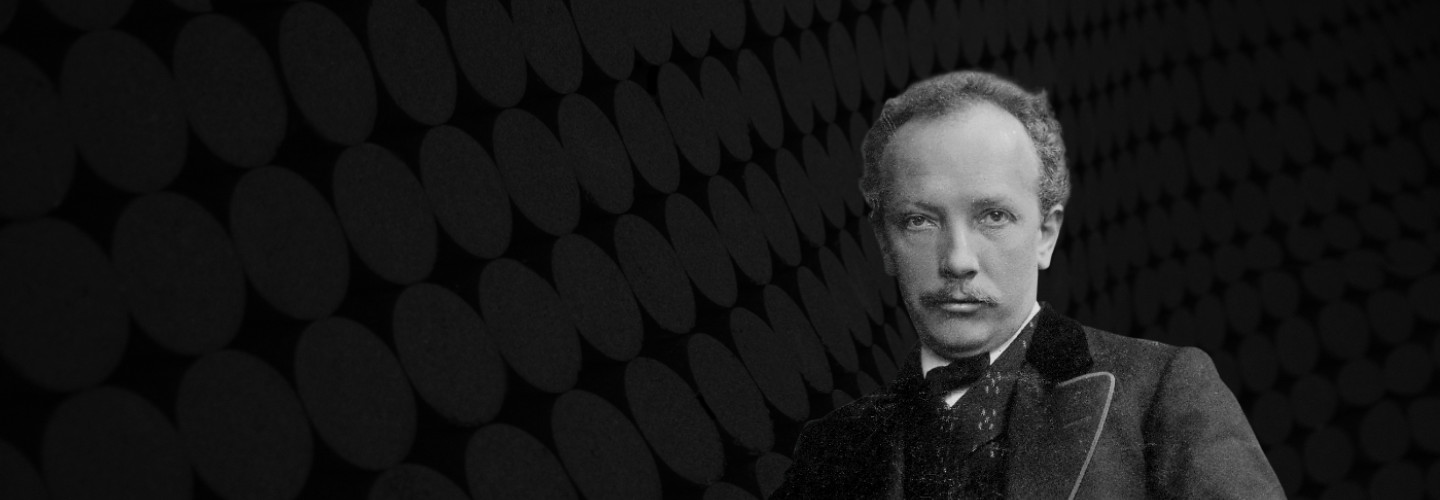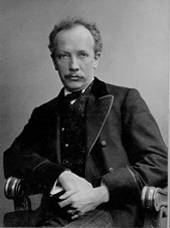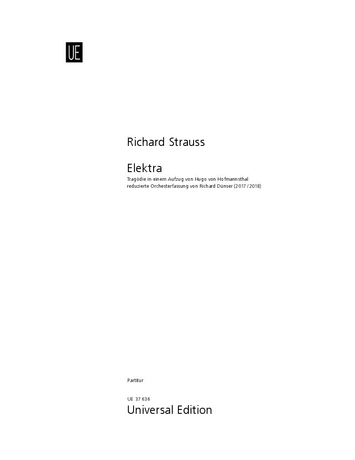

Richard Strauss
Elektra
Short instrumentation: 2 2 3 2 - 4 2 3 1 - timp, perc(3), hp, harm(cel), str(10 9 8 7 5)
Duration: 105'
Bearbeitet von: Mag. Dünser Richard
Text von: Hugo von Hofmannsthal
Roles:
Elektra (Sopran) /
Klytämnestra (Mezzosopran) /
Chrysothemis (Sopran) /
Orest (Bariton) /
Aegisth (Tenor) /
5 Mägde (A
MS
MS
S
S) /
Aufseherin (Sopran) /
Die Schleppträgerin (Sopran) /
Die Vertraute (Sopran) /
Der Pfleger (Bass) /
Junger Diener (Tenor) /
Alter Diener (Bass) /
3 Dienerinnen (in der Originalfassung und im Klavierauszug als 6 andere Dienerinnen bezeichnet
sind in dieser Fassung solistisch mit der 5. Magd
der Aufseherin und der Schleppträgerin zu besetzen.)
Instrumentation details:
1st flute
2nd flute (+picc)
1st oboe
2nd oboe (+c.a)
1st clarinet in Bb
2nd clarinet in Bb
3rd clarinet in Bb (+bass cl)
1st bassoon
2nd bassoon (+cbsn)
1st horn in F
2nd horn in F
3rd horn in F
4th horn in F
1st trumpet in C
2nd trumpet in Bb
1st tenor trombone
2nd tenor trombone
bass trombone
tuba
timpani
percussion(3)
harp
harmonium (+cel)
violin I(10)
violin II(9)
viola(8)
violoncello(7)
double bass(5)
Strauss - Elektra
Translation, reprints and more

Richard Strauss
ElektraOrchestration: für Orchester
Type: Studienpartitur (Sonderanfertigung)
Language: Deutsch

Sample pages
Video
Work introduction
‘It was a great challenge to make a new, reduced version of Elektra; the original instrumentation is flawless and Strauss was one of the greatest orchestrators of all time. On the other hand, the work is from another epoch and, like Schönberg’s Gurrelieder and Mahler’s 8th Symphony, a child of its time in its monumentality, the three works ending an epoch. From today’s standpoint it is possible and also intriguing to introduce a new reading for consideration, to hear certain details differently, to point up nuanced tonal shadings and orchestral developments – in particular if that enables performances of the opera in midsize and small houses, apart from very large ones.
My approach was to retain as many of Strauss’ sonic ideas as possible and transfer them from a gigantic orchestra to a standard-size symphony orchestra, without losing the force, vehemence and drama of the original.
Ergo, a purely mechanical procedure was precluded from the outset – for example, simply setting the tripartite violins singly, the violas and the bipartite cellos – that would have yielded a dismal sonic result (the “tempest-in-a-teapot” effect); therefore, I completely reconceived the string body and, together with the reduced winds, brought them into a harmonious and balanced relationship. In order to relieve the lesser number of woodwinds (which now could not pause as often), I gingerly mixed in a new sound not yet used in Strauss’ time - the cup mute for the brass – and an instrument which Strauss himself had used in e.g. Salome: the harmonium, which relieves the winds and brass and supports agglomerations where they occur in the original. Audiences will likely scarcely notice these colour mixtures, since the new sounds are used soloistically very seldom; they are incorporated in the overall sound colours.
Strauss himself had the chorus positioned offstage, thereby dramaturgically reducing its importance; here, it is omitted, for reasons of practicability and its musical substance transferred into the orchestra when necessary.
Now, precisely 110 years after Strauss finished the score (Garmisch, 22 September 1908) of one of the key works of the 20th century, I would like to commend it in a new guise for the 21st century to all opera lovers.’
Richard Dünser
"On a musical level, the production (which took place 22 years after the premiere in Verona in 2003) offered an interesting element, as the orchestral version realised by Richard Dünser in 2018 was used for the first time in Italy, the latest "reduction" of a score that in the original provides for a huge orchestra (with 103 instrumentalists), which would make a performance in traditional Italian theatres practically impossible. The work seemed relevant: the ‘wall of sound’ often erected by Strauss remains - in obviously different but well-defined dimensions. Above all, however, the differentiated and articulated richness of tonal colour designed by the composer remains, a primary dramaturgical element in a musical discourse that not only thrives on Wagnerian chromaticism, but also advances to polytonal solutions of great expressive power.’"- Cesare Galla (16 March 2025)
